Europe is a treasure trove of culture, history, and breathtaking landscapes. While Paris, Rome, and Barcelona attract millions of tourists annually, several lesser-known cities are equally mesmerizing. Let’s venture off the beaten path and explore seven underrated European cities waiting to surprise you with their hidden gems.
1. Ljubljana, Slovenia: Europe’s Green Capital
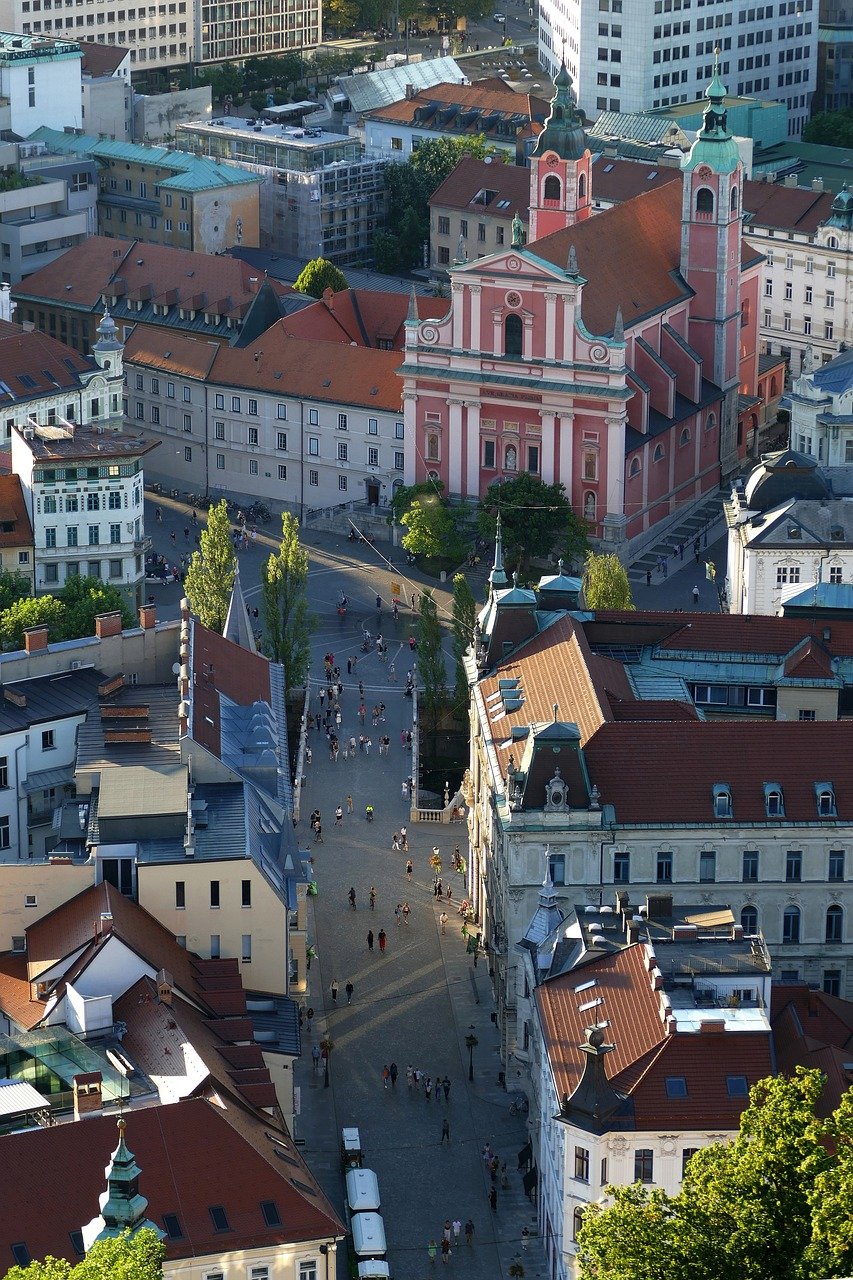
Ljubljana, the capital of Slovenia, is truly a green jewel among European cities. It’s renowned for its lush urban parks, with over 542 square feet of public green space per resident. The car-free city center allows visitors to explore its picturesque streets on foot or by bicycle comfortably. A stroll along the Ljubljanica River, accentuated by its distinctive bridges like the Dragon Bridge and the Triple Bridge, reveals the city’s whimsical architecture, which includes designs by Jože Plečnik, often deemed Slovenia’s answer to Gaudí. For a taste of local culture, the Ljubljana Central Market offers fresh produce and artisanal crafts.
Nature lovers will appreciate the proximity to stunning natural wonders like Lake Bled and Triglav National Park, making it a perfect blend of urban and outdoor adventures. The harmonious blend of vegetation and urban areas is why Ljubljana was awarded the title of European Green Capital in 2016. With easy access to hiking trails, locals and visitors alike indulge in outdoor activities, enjoying panoramic views of the city from Ljubljana Castle.
2. Ghent, Belgium: A Gothic Masterpiece
When most people think of Belgium, Brussels and Bruges dominate the itinerary. However, Ghent, a city rich in medieval history, offers an authentic Belgian experience minus the typical tourist crowds. Often referred to as the ‘Jewel of Flanders,’ Ghent boasts majestic Gothic architecture with the Saint Bavo’s Cathedral taking center stage. The cathedral houses the famous Ghent Altarpiece by the Van Eyck brothers, a must-see for any art enthusiast.
The city comes alive at night with its illuminating festival, where all its historic buildings are beautifully lit up, creating a magical atmosphere. Ghent’s canals offer a serene boat ride experience, revealing sights of charming facades lined up like storybook illustrations. Beer lovers will also find their haven here—Dulle Griet, with its vast selection of more than 500 different Belgian beers, offers a unique experience with its medieval ambiance.
3. Porto, Portugal: Coastal Beauty and Rich History
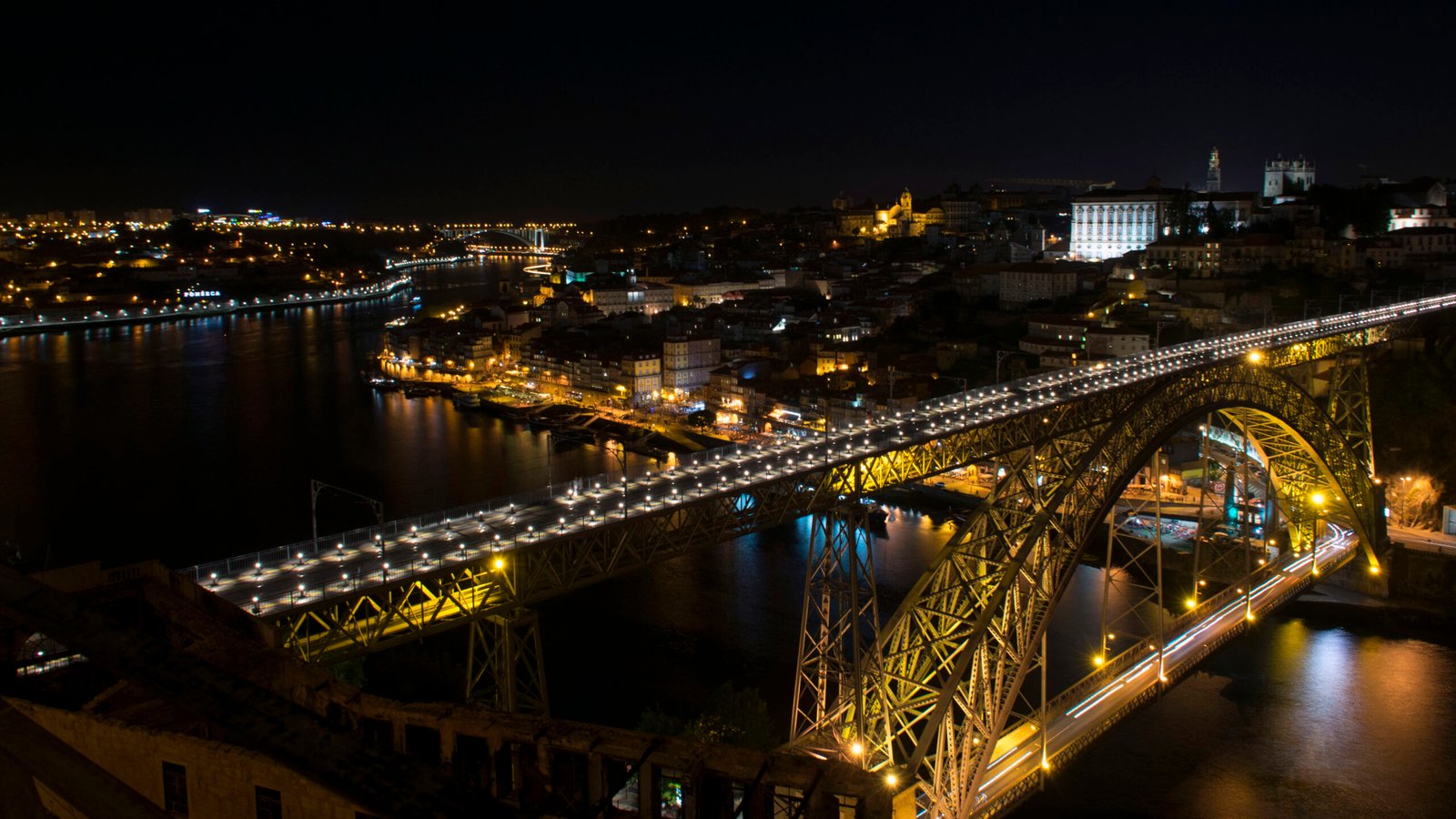
Porto should be on everyone’s European bucket list. Known for its Port wine, the city embodies a rich history intertwined with vibrant cultural life. The Ribeira district, a UNESCO World Heritage site, is a maze of narrow cobbled streets with colorful houses, capturing Porto’s essence. Dom Luís I Bridge provides a spectacular panoramic view of the Douro River and the city’s terracotta rooftops.
A visit won’t be complete without tasting traditional Francesinha, a sandwich uniquely Porto. Also, Livraria Lello, considered one of the most beautiful bookstores globally, offers a magical experience akin to stepping into a fantasy novel. Porto’s coastline, with its expansive beaches, makes it an ideal spot for sunbathers and surfers alike. It’s a city where each sunset on the Atlantic ocean is a poetic experience in itself.
4. Girona, Spain: A Medieval Marvel
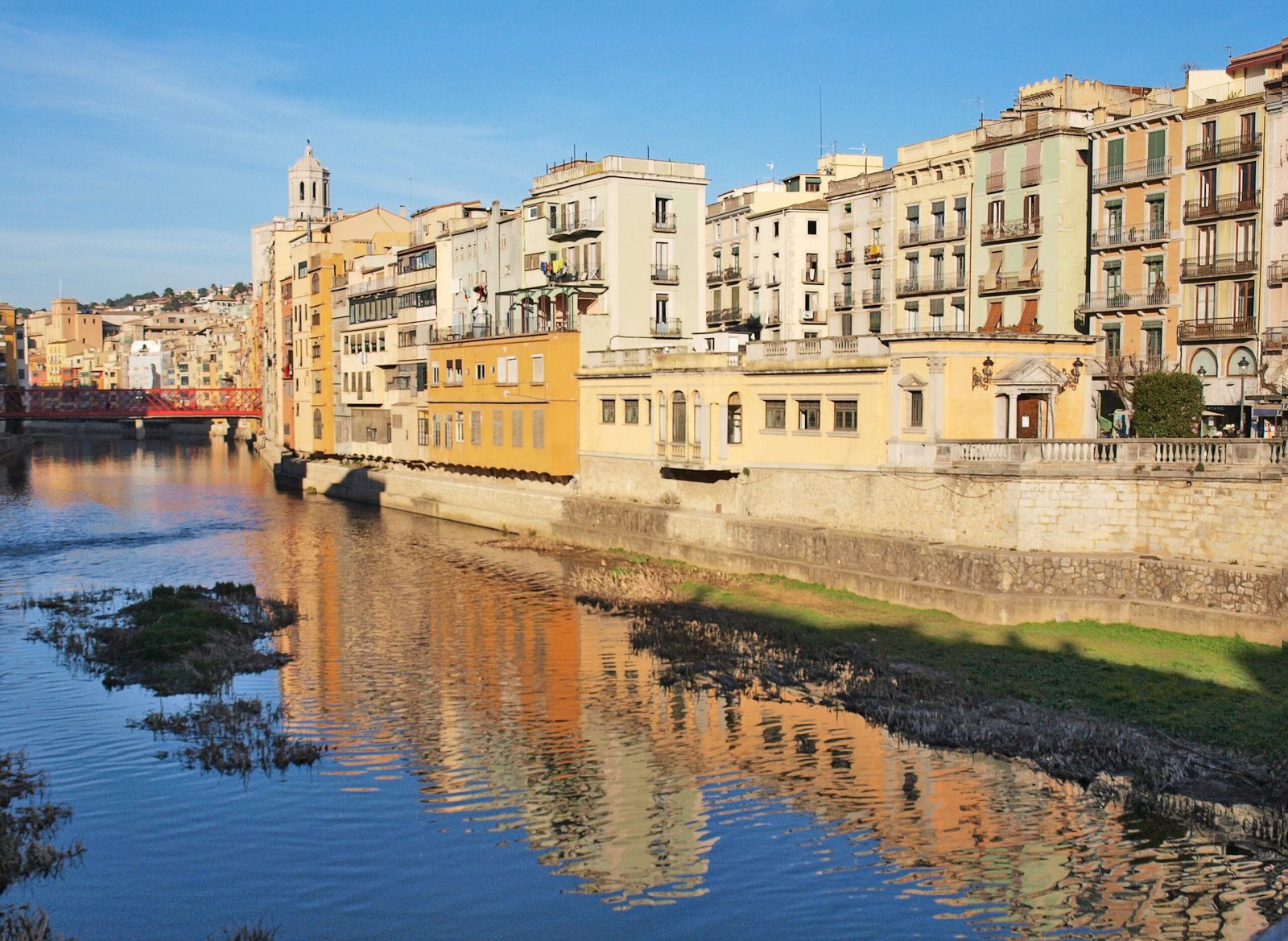
While Barcelona attracts crowds, Girona offers an authentic Catalan experience that many overlook. Encased within its ancient walls, the city’s winding streets guide visitors through a journey of well-preserved medieval treasures. The Cathedral of Girona boasts the widest Gothic nave in the world and offers a stunning view from its bell tower. For history enthusiasts, the Jewish Quarter is one of the best preserved in Europe, narrating tales from an ancient era.
The Onyar River, with its iconic pastel-colored houses, provides a picturesque backdrop often depicted in postcards. Girona also gained fame as a filming location for “Game of Thrones,” drawing fans to explore its majestic stairs and structures. The city also hosts flower festivals and culinary events, providing a taste of local culture and cuisine. Girona combines a rich history with a lively gastronomic scene, making it an ideal destination for those seeking both adventure and authentic flavors.
5. Kraków, Poland: A Cultural and Historical Hub
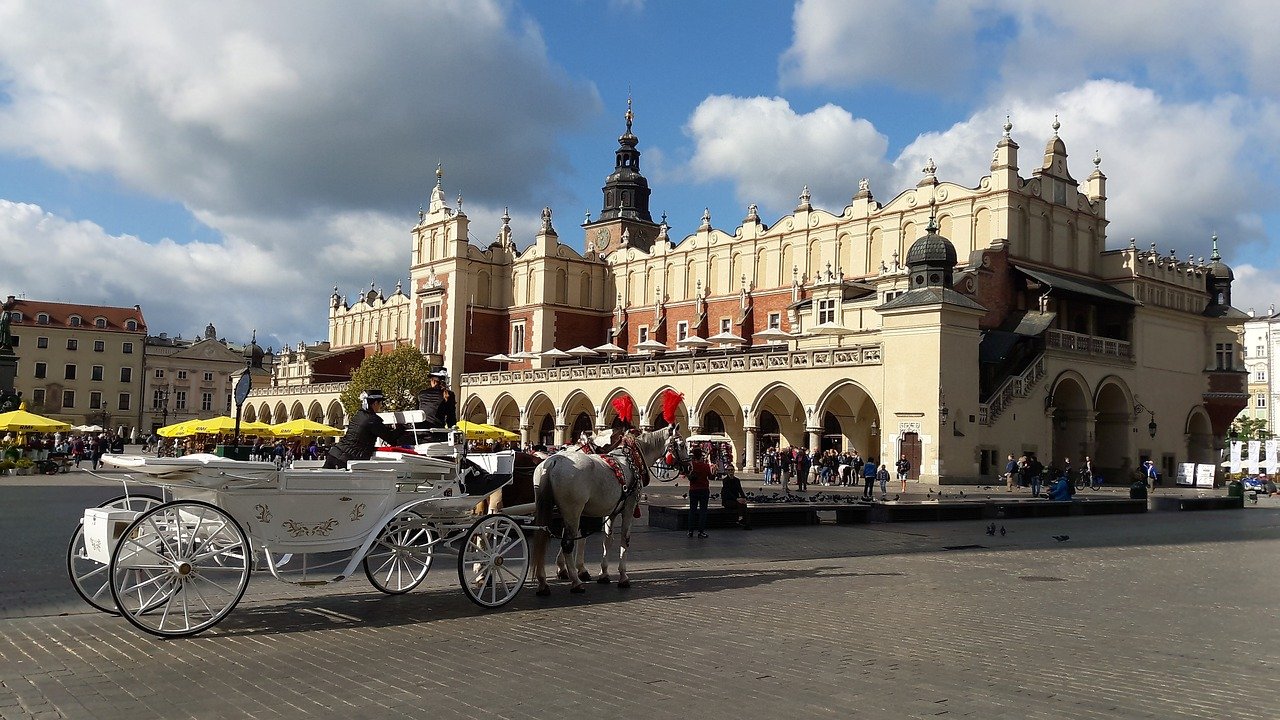
Kraków is a city where every corner whispers stories of its vibrant past. The medieval town’s centerpiece is the Main Market Square, Europe’s largest, showcasing Gothic-Renaissance architecture that speaks volumes of its history. Walk through Rynek Underground, a museum preserving the ancient cityscape, to understand Kraków’s archaic wonders deeply. For those intrigued by literature, the city houses the world’s second-oldest university, Jagiellonian University, counting famous alumni such as Nicolaus Copernicus.
The Wawel Royal Castle stands majestically, overlooking the Vistula River, and tells tales of Polish royalty with its opulent halls and courtyards. The nearby Kazimierz district, once the epicenter of Jewish life, offers a unique blend of history and hip culture, with artsy cafes and bohemian vibes. Kraków also neighbors the haunting yet enlightening site of Auschwitz-Birkenau, a solemn reminder of the past.
6. Sibiu, Romania: A Fusion of Cultures
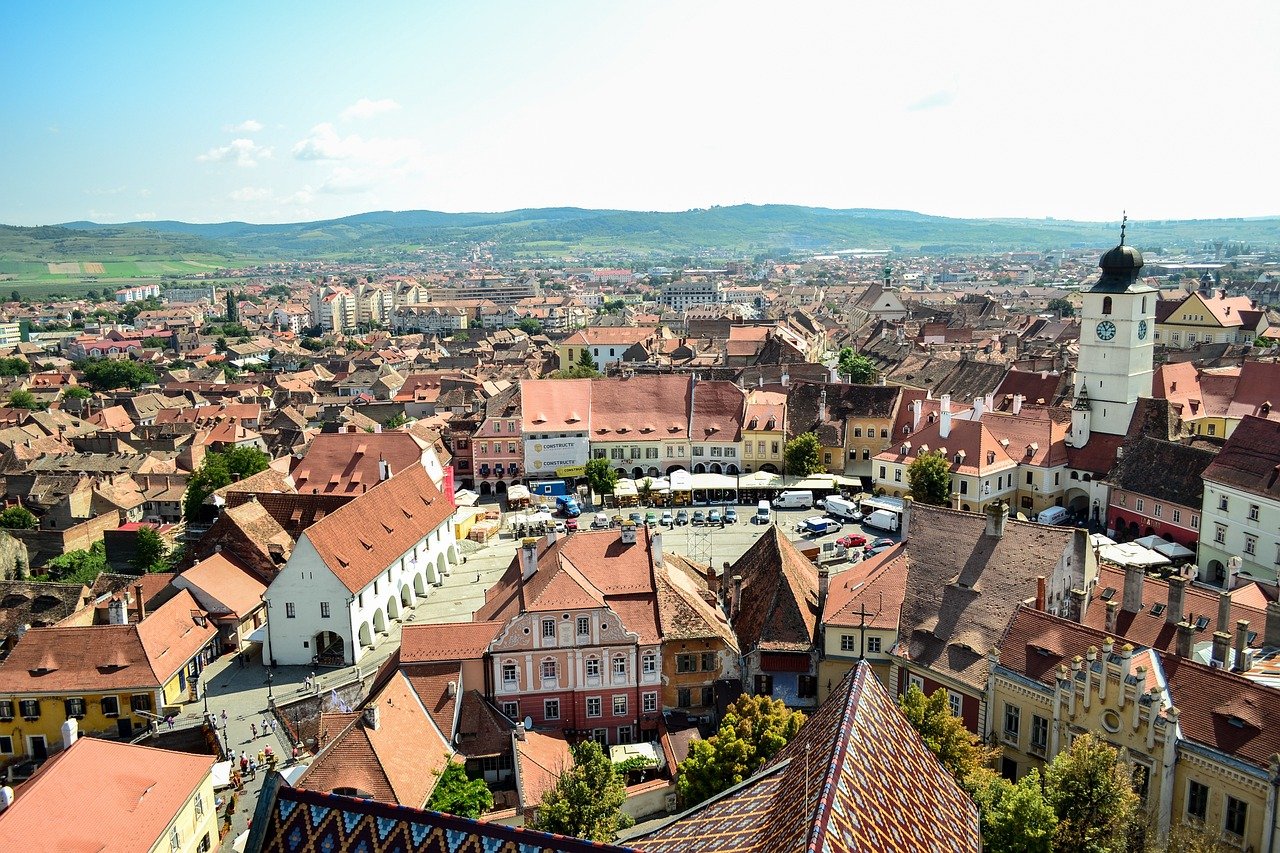
Nestled in the heart of Transylvania, Sibiu is a Romanian gem soaked in tradition and charm. The city boasts a vibrant blend of Romanian, Hungarian, and German cultures, evident in its cuisine, architecture, and cultural events. The Large Square and Small Square in the old town are like vibrant tapestries of old-world charm, where markets and festivals regularly come alive with local crafts and folk music.
Sibiu is flanked by the Carpathian Mountains, providing a stunning natural backdrop, perfect for hiking enthusiasts. The ASTRA Museum, one of the largest open-air ethnographic museums in Europe, offers a glimpse into traditional rural life with its array of wooden houses and windmills. Every turn in Sibiu offers a quaint and colorful experience, from its spectral bridges to its maze-like streets, echoing the whispers of the past.
7. Tartu, Estonia: The Heartbeat of Estonian Culture
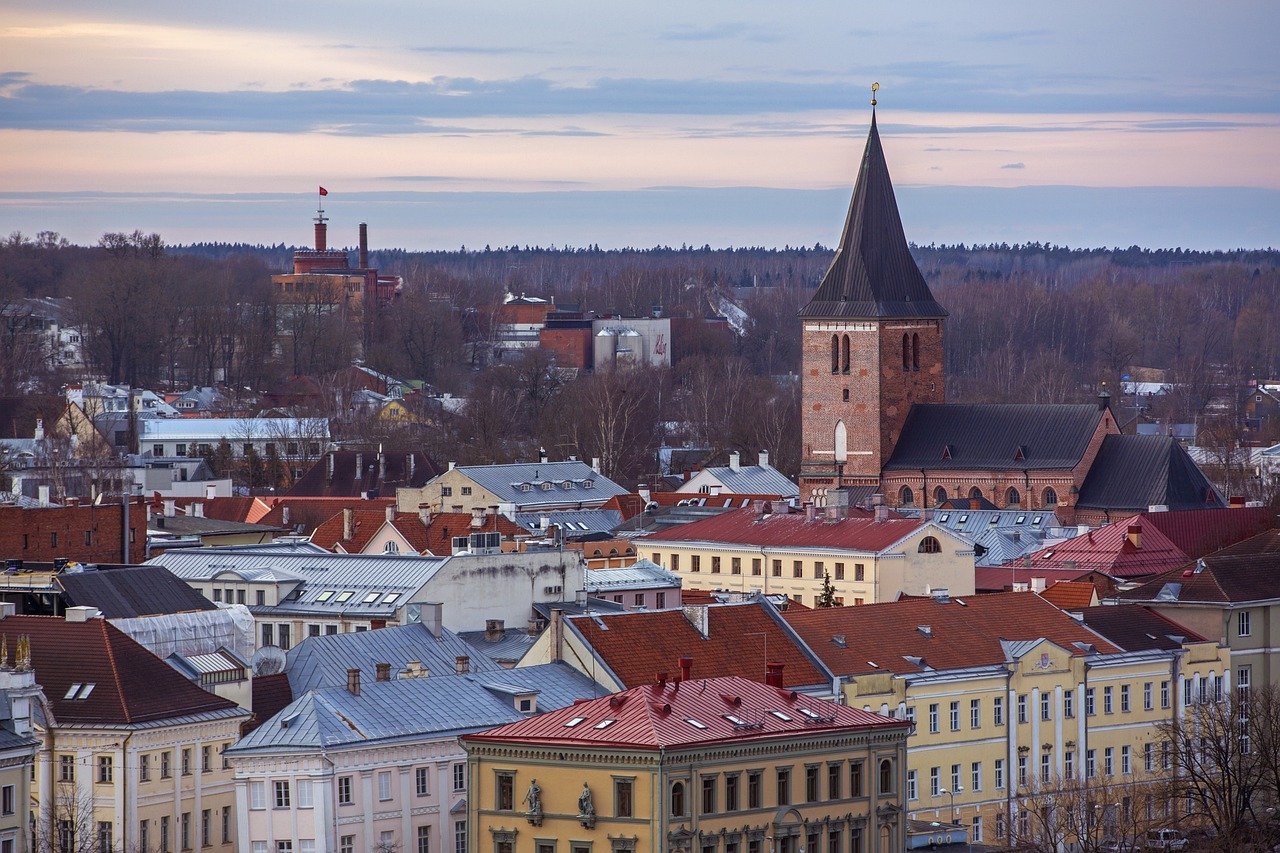
Estonia’s second-largest city, Tartu, might not have caught the public eye yet, but its heartbeat is the vibrant essence of Estonian culture. Known as the intellectual hub of the country, Tartu is home to its highest-ranking university, bringing a youthful and dynamic spirit to its historic streets. The city merges medieval history with modernity, embodied in its charming mix of wooden houses alongside contemporary art installations.
Tartu is also the birthplace of Estonian literature and hosts several cultural festivals that draw art lovers from across the globe. The Emajõgi River meanders through this small city, providing a relaxing setting for boat rides and riverside picnics. The AHHAA Science Center offers interactive exhibits for curious minds wishing to explore the intricacies of science and technology. It’s a city that guarantees an engaging and educational experience for all its visitors.
Europe’s lesser-known cities hide treasures waiting to be discovered by the curious traveler. Each city on this list offers a unique charm, brimming with history, culture, and stunning landscapes. These underrated European destinations promise an authentic experience, allowing you to connect deeply with the heart and soul of Europe without the usual tourist crowds. From the green cityscape of Ljubljana to the cultural epicenter of Tartu, these cities should deserve a top spot in your travel itinerary.
